Chocolate: Types, Origins and Health Benefits

Are you looking to satisfy your chocolate cravings? If so, you are at the right place to know about different chocolate: types, origin and health benefits and much more.
Mostly it is not an easy task to decide which of the chocolate types is best fit for you while satisfying your taste and appetite. However, this is the right information you are going to read on the basis of which an informed decision can be made before buying your favorite chocolate.
What is Chocolate
Chocolate is a food product. We use seeds of the cocoa tree (Theobroma cacao) to extract it. Then ferment, roast, and ground it into a fine paste. Finally mix with other ingredients e.g. milk, sugar, or some additional flavors like vanilla. The resulting mixture is then converted into a solid block or a bar.
It’s a popular treat around the world. It can be enjoyed on its own or can be used in a variety of recipes such as cookies, cakes, and other desserts.
Origins of Chocolate
The origin of chocolate date back to ancient civilization of Central and South America. One of the first civilization known to use cocoa is named “Olmecs” reside in present day Mexico region. They ground the seeds into paste and mix it with water and spices to create a bitter luxury drink of that time.
It wasn’t until the 16th Century that chocolate got popular in Europe, when Spanish explorers brought cocoa beans back from the New World. The popularity of chocolates grew quickly, and by 18th Century, it had become a common treat in Europe and they started producing it on large scale.
Types of Chocolate
Chocolate is a broad term. It can have many shapes, flavor and forms. Several types of chocolate, classified basically on the proportion of cocoa, fat content and sugar used in its formulation.
White Chocolate
White Chocolate is made from cocoa butter, sugar, and milk solids, giving a sweeter and creamier flavor than other chocolates.
It is the only type that uses up to 30% milk solids while milk chocolate contains a maximum of 25% [1]
It has a minimum amount of cocoa solids, in all other types, so most experts don’t consider it chocolate. According to FDA, white chocolate must contain at least 20% cocoa fat, 3.5% by weight of milkfat and 14% by weight of total milk solids & not more than 55% by weight of Nutritive Carbohydrate sweetener [2]
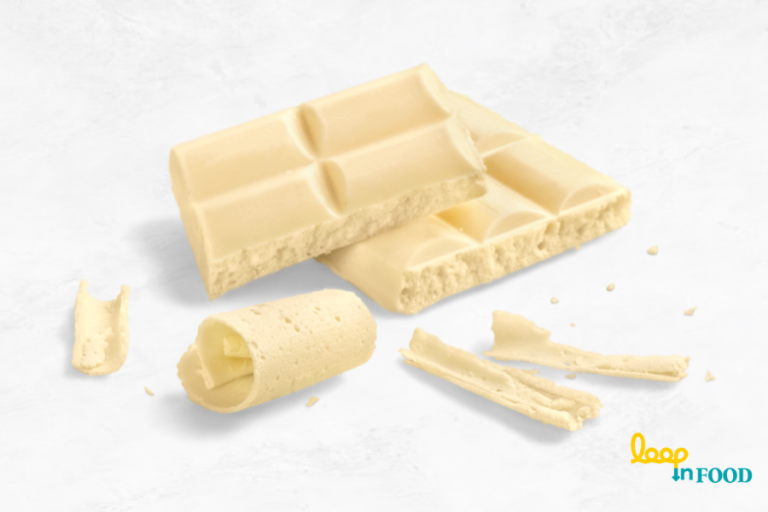
Milk Chocolate
Milk chocolate is one of the most consumed type of chocolate. It consists of a minimum 10% Chocolate liquor, some nutritive carbohydrate sweetener, 3.39% by weight milk fat, and not less than 12% by weight of total milk solids [3] giving it a sweet and creamy flavor.
In other words it contain 20% Milk powder, whose main components are milk fat, proteins and lactose.
Quality of Milk Chocolate
Milk chocolate quality totally depends upon the ratio of chocolate liquor to the milk and sugar. Quality of its raw materials determine the quality of chocolate. Lower grade chocolate manufacturers replaces cocoa butter with vegetable fats, vanillin instead of real vanilla, loaded with lecithin (which use to give a waxy texture) and use a high percentage of sugar. This all is an effort to keep costs down. [4]
Dark Chocolate
Dark Chocolate contains the highest amount of cocoa solids (70-100%) and pure cocoa butter. Lower quality chocolate may contain vegetable oil, butter fat or artificial flavors or colors, etc.
It also has minimal sugar and milk, giving it its signature bitter flavor. Remember, the more cocoa solids percentage, the bitter is the flavor. All brands have mentioned their cocoa solids percentage on their packaging label.
Dark chocolate can be eaten as it is or use in cooking.
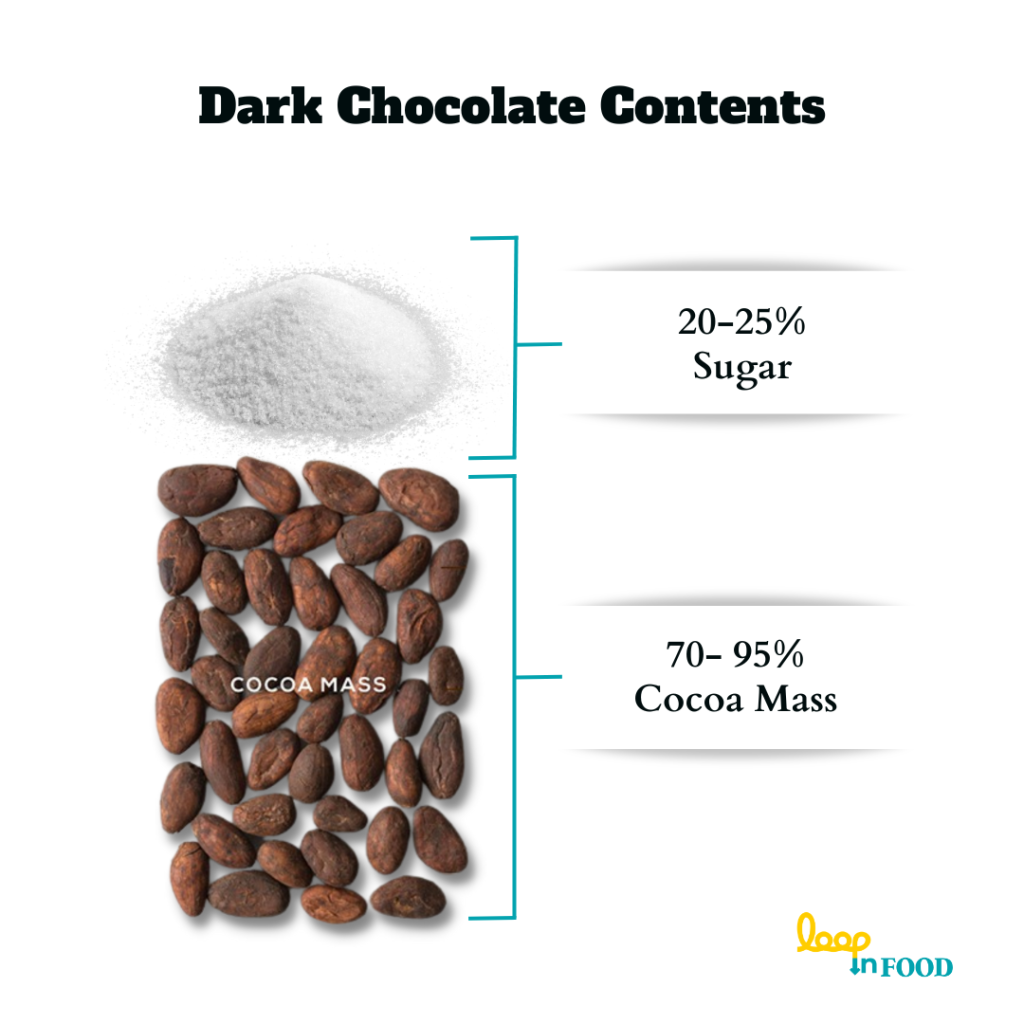
Health Benefit of Dark Chocolate
Dark chocolate is a good option if you’re looking for health benefits.
Source of Antioxidants
Dark chocolate contain more antioxidants, polyphenols & flavanols than any other fruits [5]
Another study suggests that dark chocolate are full of biologically active organic compound also function as antioxidants. Among them polyphenols, flavanols, catechins are well known. They
significantly lower some forms of LDL (Bad Cholesterol) when mixed with foods like cocoa and almonds in obese persons
According to a Review published in Netherland Journal of medicine. Cocoa contains certain biologically active phenolic compounds. These compounds protect humans from chronic degenerative diseases.
how to lower blood pressure
Studies suggest that cocoa and dark chocolate can enhance blood flow and significantly lower blood pressure [6]
Dark chocolate contain flavanoids which stimulate endothelium (inner lining of arteries) to produce Nitric Oxide (NO). Nitric oxide help arteries to relax and lower resistance to flow of blood and eventually reduce blood pressure. [7]
May Protect your skin from Sun
Next time while planning your vacations on beach, start eating dark chocolate few weeks before that.
Research shows that flavanols also protect against sun burn, increase skin density, hydration and blood flow. [8] It is also proved that high-flavanol dark chocolate for 12 weeks not only increase MED but even become double. it means your skin is better protected from sun longer.
how to improve brain function
Chocolate Risks or Side Effect
Although chocolate is one of the favorite delights for many consumers having abundant health benefits as a mood booster etc. at the same time excess of everything is bad.
- Many types of processed chocolates are high in calories and fat due to the high amount of sugar present in them, so consuming too much leads to weight gain.
- If you have certain health conditions, dark chocolate can lead to distress and irritability due to the high amount of stimulants like caffeine, etc.
- Always read labels to have an eye on calories and other low-quality ingredients if they’ve been used in processing.
- Always eat in moderation. specially if you have any health condition. consult with your doctor.
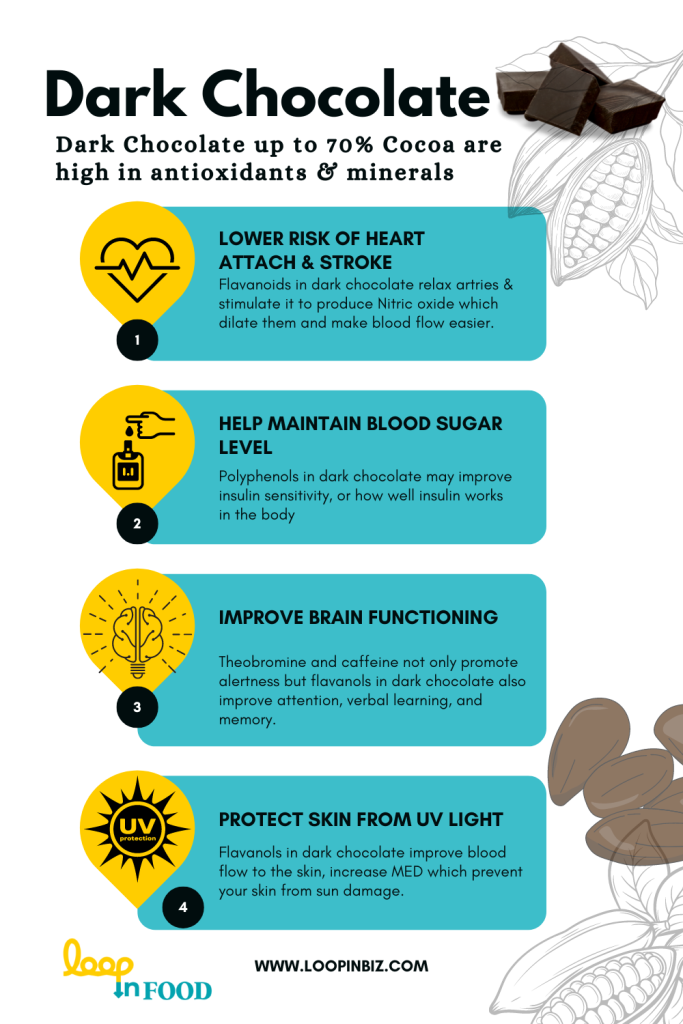

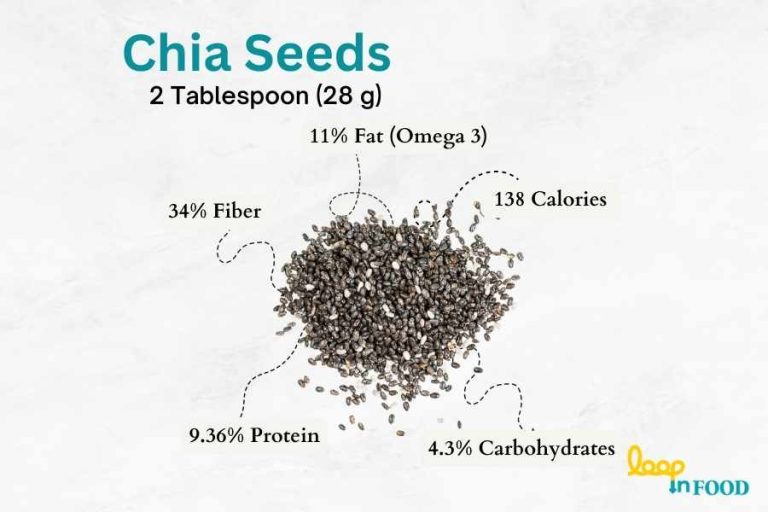

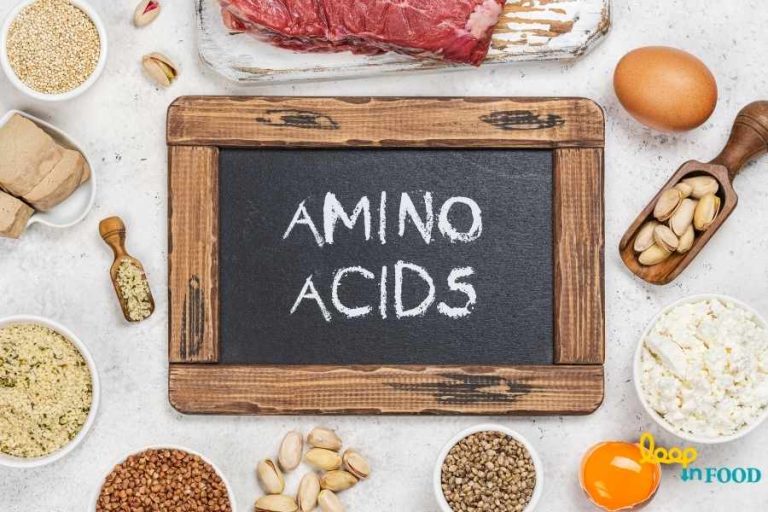



This post was truly remarkable, especially because I was looking for thoughts on this issue last Thursday.
Thanks for encouragement.